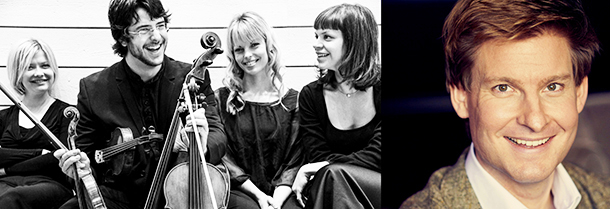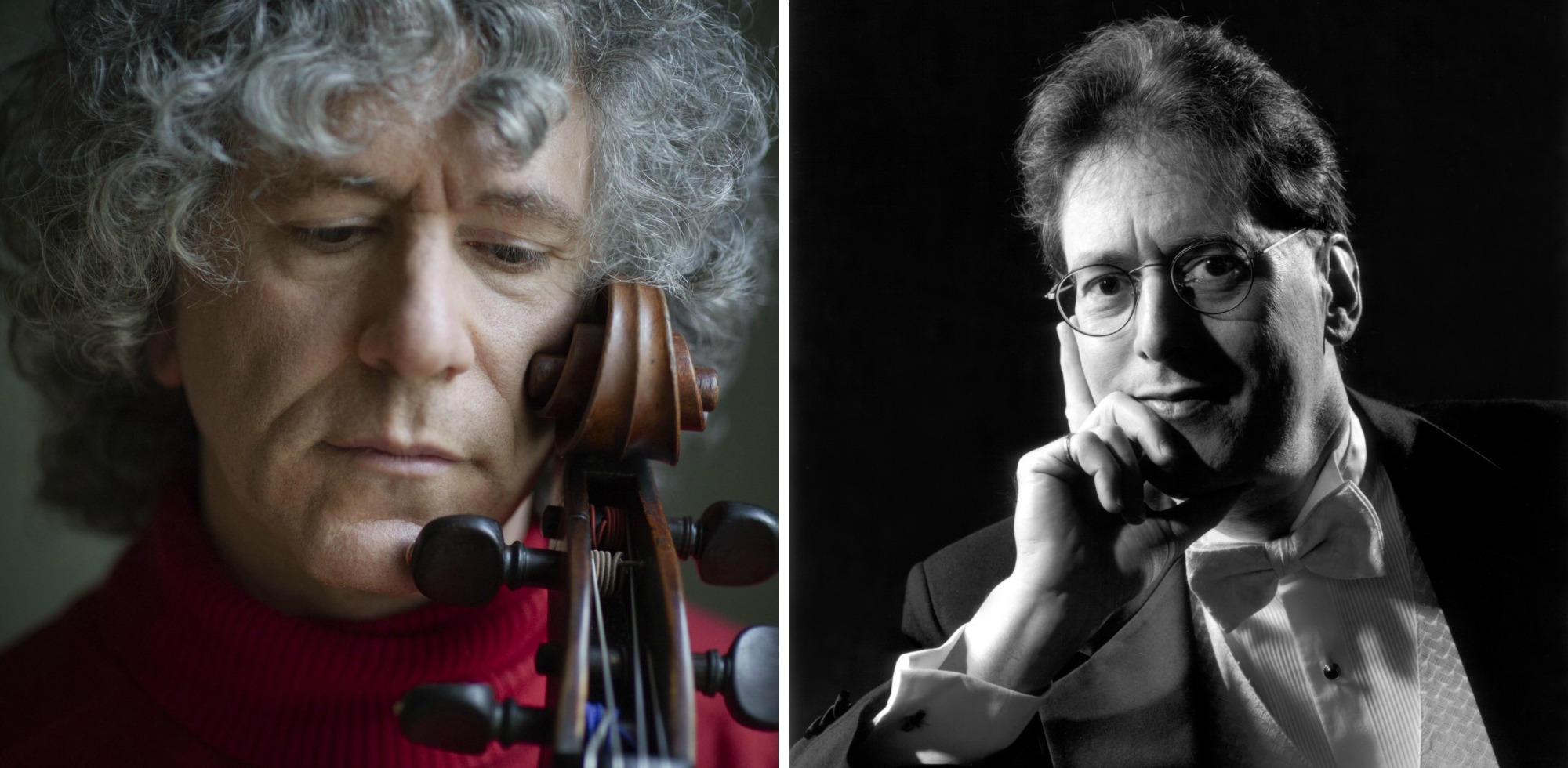Tag: fortepiano
-

PROGRAM NOTES: CHIAROSCURO QUARTET AND KRISTIAN BEZUIDENHOUT
Franz SchubertString Quartet No. 14 in D minor (“Death & the Maiden”) Schubert’s “Death and the Maiden” string quartet is a sombre work, with all four of its movements set in a minor key. It takes its name from the composer’s lied Der Tod und das Mädchen (1817) that provides the theme for the quartet’s…
-

PROGRAM NOTES: STEVEN ISSERLIS & ROBERT LEVIN PERFORMANCE 2
Ludwig van Beethoven 7 Variations on Bei Männern, welche Liebe fühlen from Mozart’s Die Zauberflöte Wo046 Beethoven’s second set of cello and piano variations on a tune derived from Mozart’s Magic Flute was composed in 1801, five years after his previous Ein Mädchen oder Weibchen variations of 1796. In this set, Beethoven picks another simple…
-

PROGRAM NOTES: STEVEN ISSERLIS & ROBERT LEVIN PERFORMANCE 1
Ludwig van Beethoven 12 Variations on a Theme from Handel’s Judas Maccabaeus Wo0 45 In 1796 Beethoven paid a visit to the court of King Friedrich Wilhelm II in Berlin, and cellists the world over are glad that he did. From this visit resulted a number of works for cello and piano that set the…

